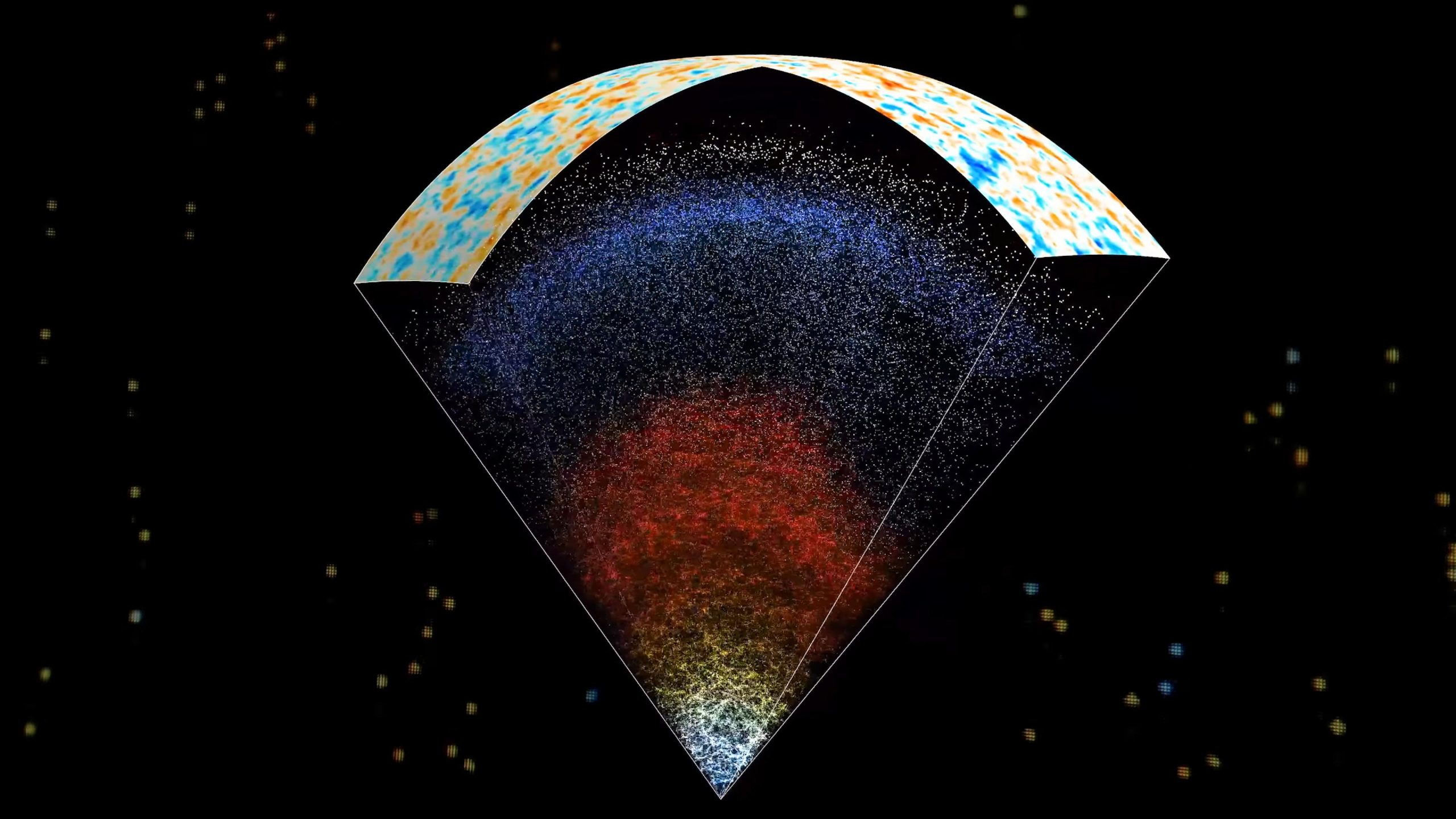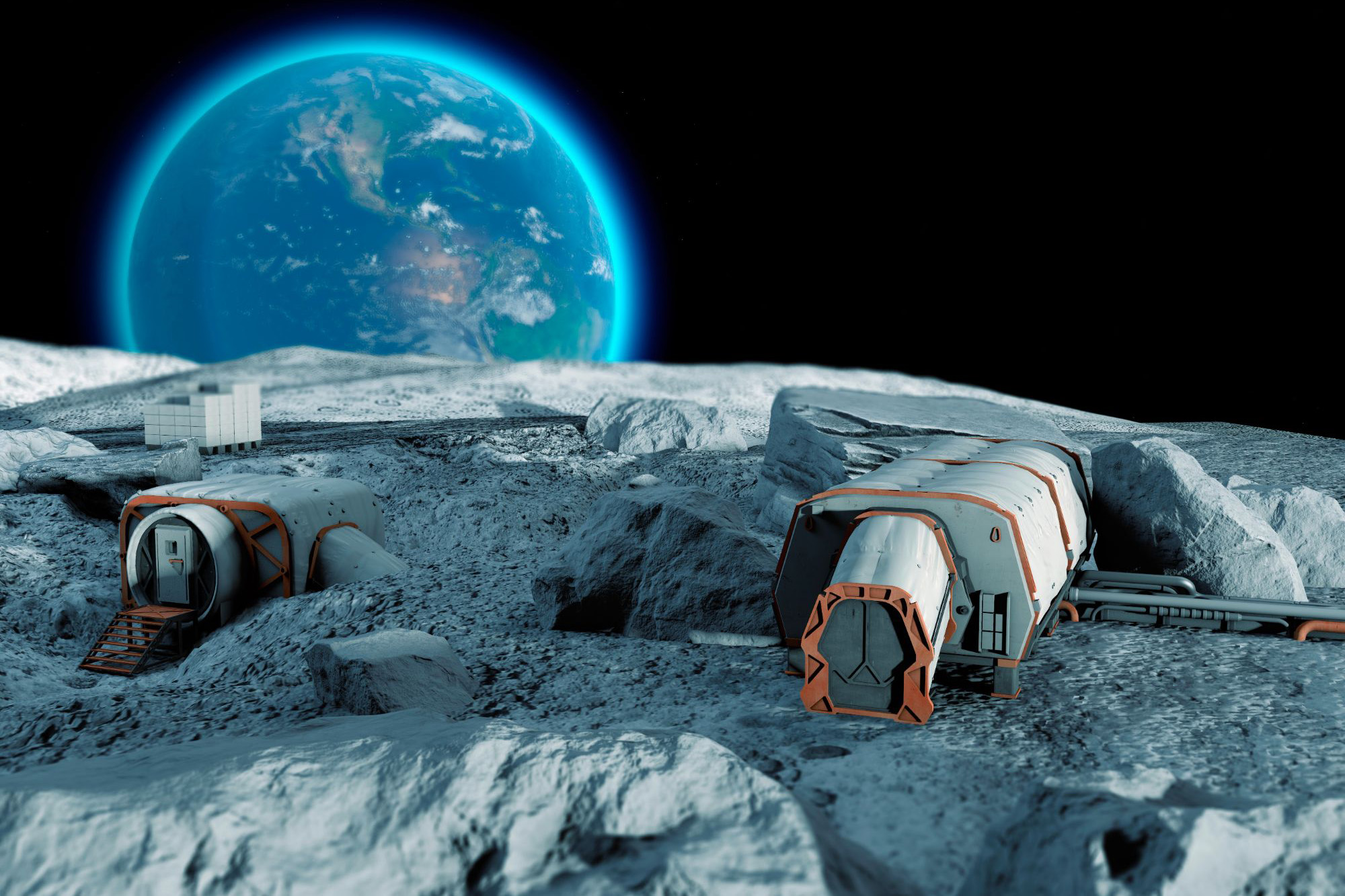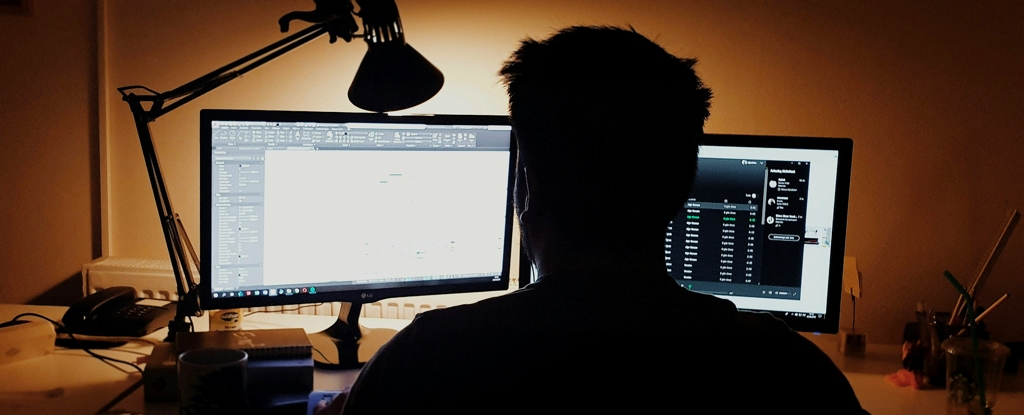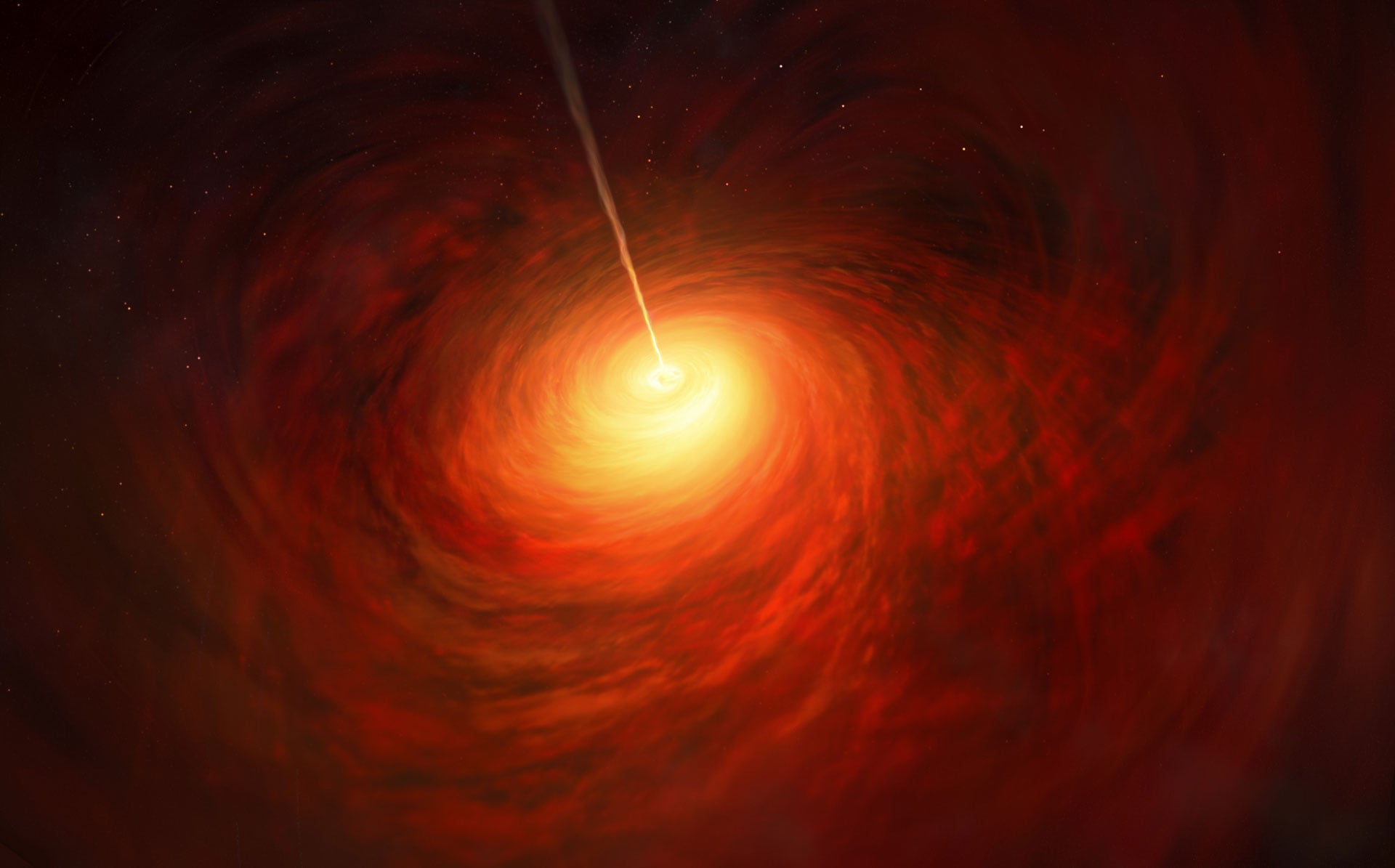

Bryce Maynard (links) en Nikita Shtarkman onderzoeken een kaart van het zichtbare universum. Bron: Will Kirk/Johns Hopkins University
De kaart tekent een groot deel van het universum uit[{” attribute=””>Milky Way to ‘the edge of what can be seen.’
A new map of the universe displays the span of the entire known cosmos for the first time with pinpoint accuracy and sweeping beauty.
Compiled from data mined over two decades by the Sloan Digital Sky Survey, the map was created by astronomers from Johns Hopkins University. It allows the public to experience data previously only accessible to scientists.
The interactive map depicts the actual position and real colors of 200,000 galaxies. It is available online, where it can also be downloaded for free.
Een nieuwe kaart van het universum toont voor het eerst het hele bekende universum met verbluffende precisie en schoonheid. Krediet: Johns Hopkins University
“Ik ben erg geïnspireerd geraakt door afbeeldingen van astronomie, sterren, nevels en sterrenstelsels, en nu is het tijd om een nieuw type afbeelding te maken om mensen te inspireren”, zegt kaartontwerper Bryce Maynard, een professor aan de Johns Hopkins University. Astrofysici over de hele wereld analyseren deze gegevens al jaren, resulterend in duizenden wetenschappelijke artikelen en ontdekkingen. Maar niemand heeft de tijd genomen om een kaart te maken die mooi, wetenschappelijk accuraat en toegankelijk is voor mensen die geen wetenschappers zijn. Ons doel hier is om iedereen te laten zien hoe het universum er echt uitziet.”
De Sloan Digital Sky Survey is een baanbrekende poging om de nachtelijke hemel vast te leggen met een telescoop in New Mexico. Nacht na nacht heeft de telescoop jarenlang op iets andere locaties gericht om dit buitengewoon brede perspectief vast te leggen.
De kaart toont een deel van het universum, of ongeveer 200.000 sterrenstelsels – elk punt op de kaart is een sterrenstelsel en elk sterrenstelsel bevat miljarden sterren en planeten. De Melkweg is gewoon een van deze punten, die onderaan de kaart. Maynard stelde de kaart samen met de hulp van Nikita Shtarkman, voormalig student informatica van Johns Hopkins.

Gemaakt door astronomen aan de Johns Hopkins University met behulp van gegevens die gedurende twee decennia zijn verzameld door de Sloan Digital Sky Survey, stelt de kaart het publiek in staat om gegevens te ervaren die voorheen alleen beschikbaar waren voor wetenschappers. Krediet: Johns Hopkins University
De kaart is kleurrijker door de uitdijing van het heelal. Hierdoor geldt dat hoe verder weg een object is, hoe roder het lijkt. Kort daarna werd de eerste stralingsflits uitgezonden[{” attribute=””>Big Bang, 13.7 billion years ago is revealed at the top of the map.
“In this map, we are just a speck at the very bottom, just one pixel. And when I say we, I mean our galaxy, the Milky Way which has billions of stars and planets,” Ménard says. “We are used to seeing astronomical pictures showing one galaxy here, one galaxy there or perhaps a group of galaxies. But what this map shows is a very, very different scale.”
Ménard hopes people will experience both the map’s undeniable beauty and its awe-inspiring sweep of scale.
“From this speck at the bottom,” he says, “we are able to map out galaxies across the entire universe, and that says something about the power of science.”

‘Webgeek. Wannabe-denker. Lezer. Freelance reisevangelist. Liefhebber van popcultuur. Gecertificeerde muziekwetenschapper.’






